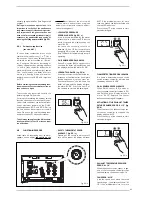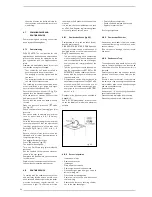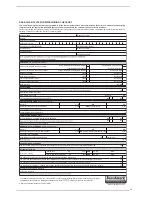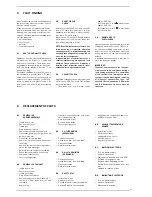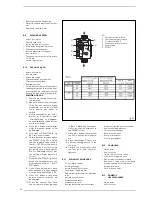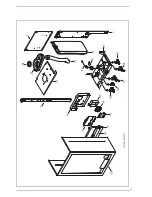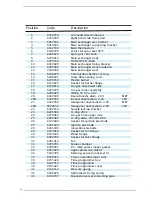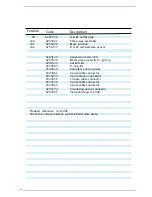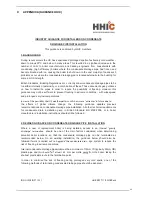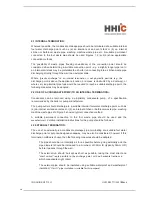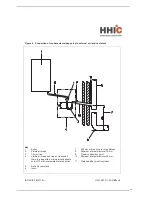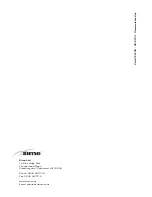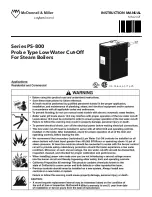
36
IND GUIDE INST 10-11
HHIC REF T11/0027BRev8
2.1 INTERNAL TERMINATION:
Wherever possible, the condensate drainage pipe should be terminated at a suitable internal
foul water discharge point such as (a) an internal soil and vent stack or (b) an internal
kitchen or bathroom waste pipe, washing machine waste pipe etc. A suitable permanent
connection to the foul waste pipe should be used. Figures 1, 2(a), 2(b) show appropriate
connection methods.
The possibility of waste pipes freezing downstream of the connection point should be
considered when determining a suitable connection point - e.g. a slightly longer pipe run to
an internal soil stack may be preferable to a shorter run connecting into a kitchen waste pipe
discharging directly through the wall to an external drain.
Where
“gravity discharge” to an internal termination is not physically possible (e.g. the
discharge point is above the appliance location, or access is obstructed by a doorway), or
where very long internal pipe runs would be required to reach a suitable discharge point, the
following measures may be adopted -
2.2 USE OF A CONDENSATE PUMP (TO AN INTERNAL TERMINATION):
Condensate can be removed using a proprietary condensate pump, of a specification
recommended by the boiler or pump manufacturer.
The pump outlet should discharge to a suitable internal foul water discharge point, such as
(a) an internal soil and vent stack or (b) an internal kitchen or bathroom waste pipe, washing
machine waste pipe etc. Figure 3 shows a typical connection method.
A suitable permanent connection to the foul waste pipe should be used and the
manufacturer’s
detailed installation instructions for the pump should be followed.
2.3 EXTERNAL TERMINATION:
The use of an externally-run condensate drainage pipe, terminating at a suitable foul water
discharge point or purpose-designed soakaway, may be also be considered; however if this
termination method is chosen then the following measures should be adopted -
The pipe should be run internally as far as possible before going externally and the
pipe diameter should be increased to a minimum of 30mm ID (typically 32mm OD)
before it passes through the wall.
The external run should be kept as short as possible, taking the most direct and
“most vertical” route possible to the discharge point, with no horizontal sections in
which condensate might collect.
The external pipe should be insulated using suitable waterproof and weatherproof
insulation
(“Class O” pipe insulation is suitable for this purpose)
.


